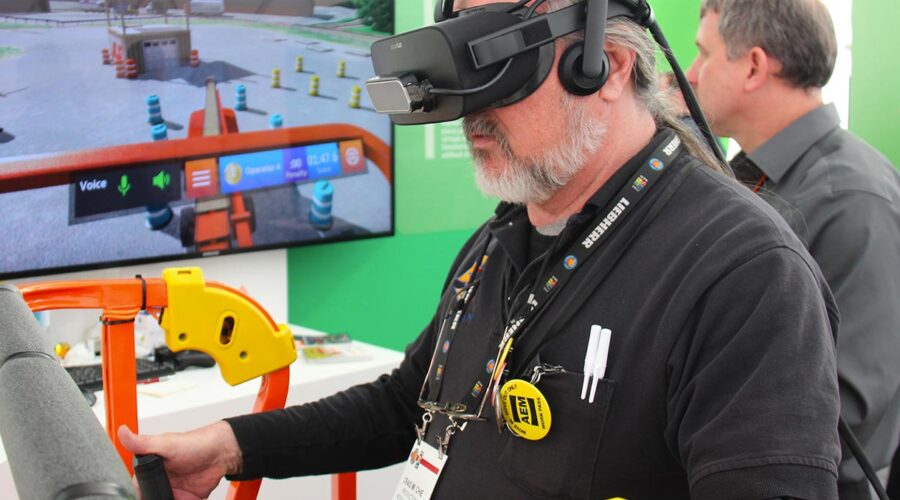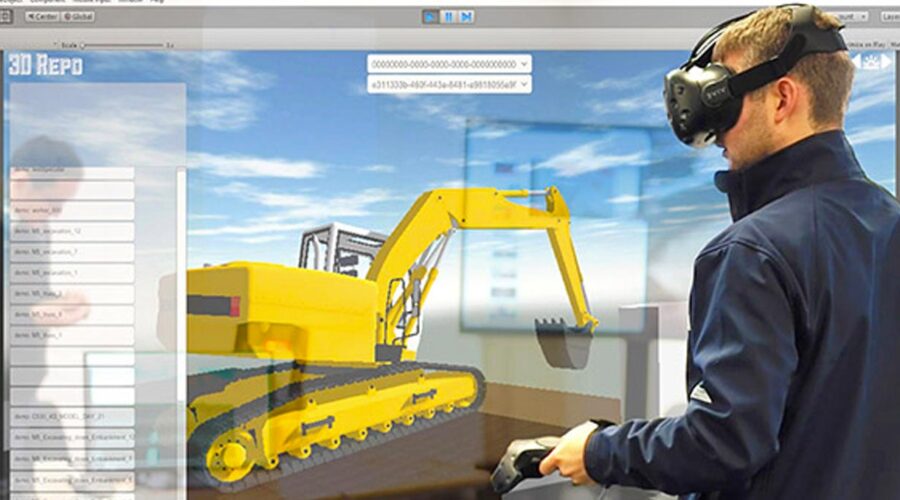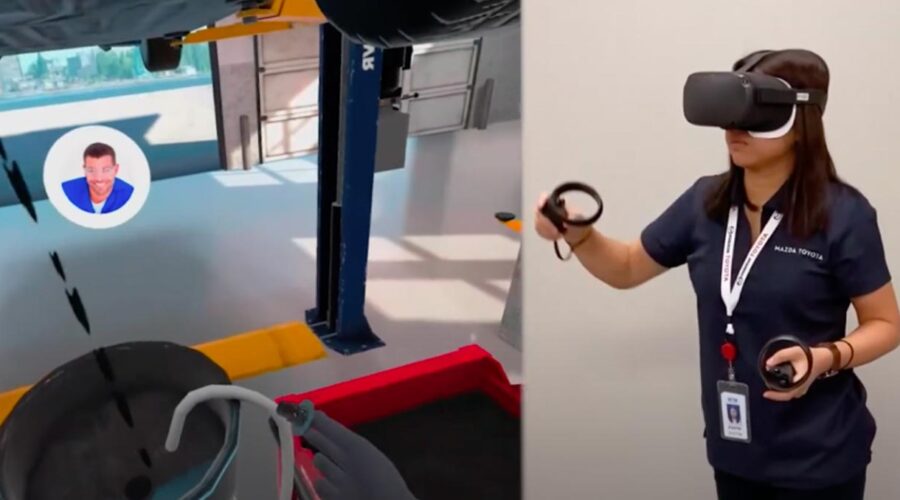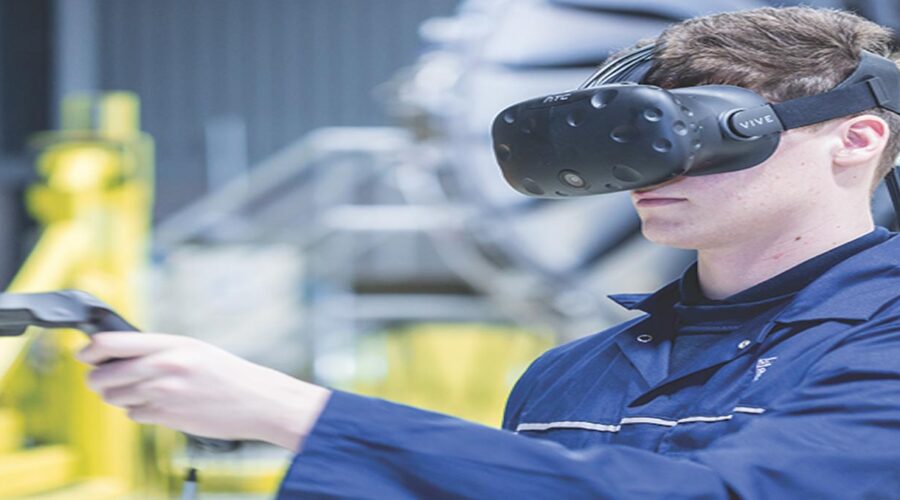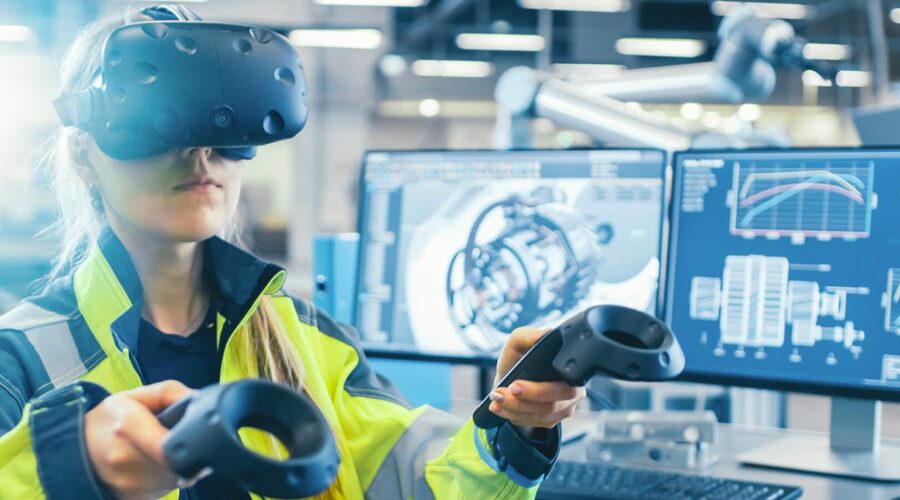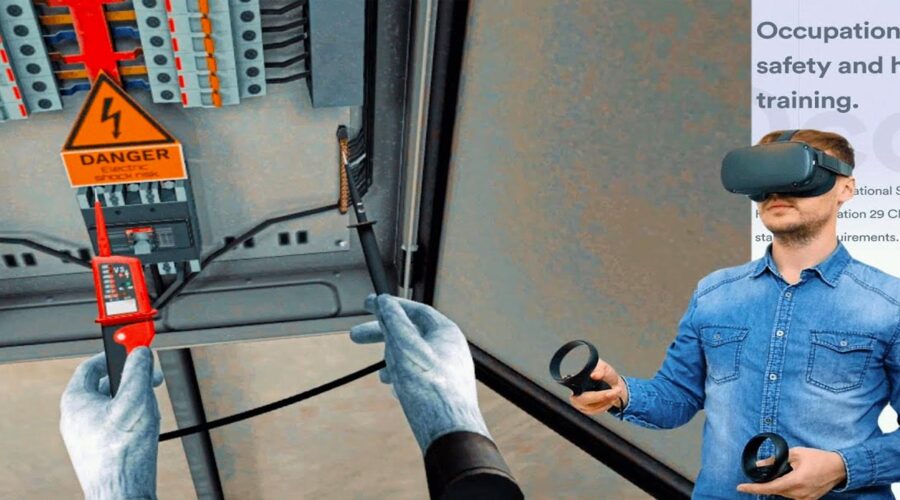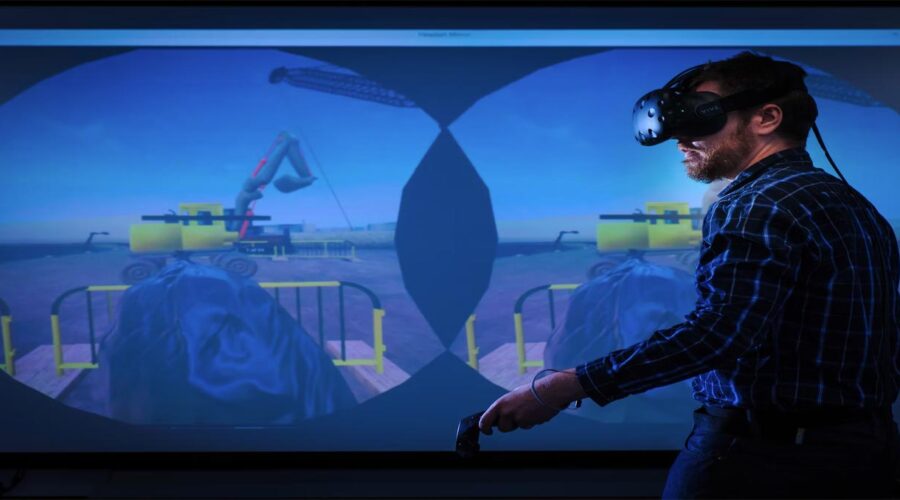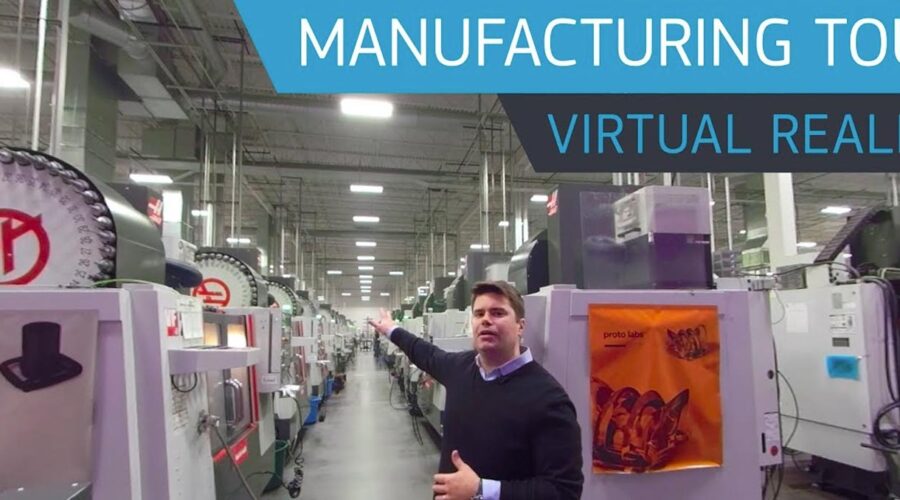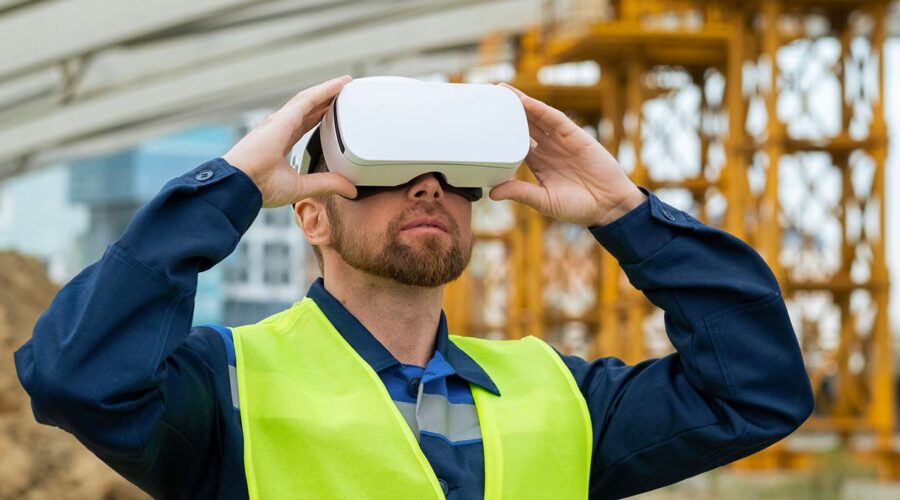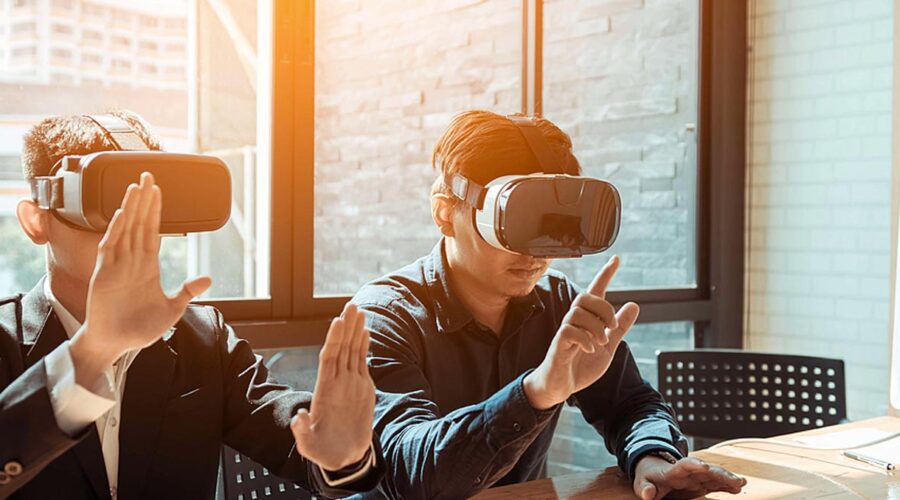Benefits of Virtual Reality Gamification Simulation in Job Training
Virtual Reality (VR) has been increasingly utilized in various industries to provide more effective and immersive training experiences for employees. One of the most innovative applications of VR in job training is through the use of gamification simulation. By incorporating game-like elements into training, employees can learn and practice new skills in a safe and engaging virtual environment. Here are some of the benefits of using virtual reality gamification simulation in job training.

